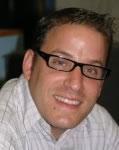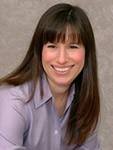There are two kinds of stories:
One kind of story focuses on just the facts and details. These are the kind of stories that you learn in school, particularly in science or a social studies class. Stories like this which tell you where the capital of France is, or who invented the light bulb, or what caused the Civil War.
Then there is another kind of story— which doesn’t bother to tell you all the details, because it is focused instead on teaching you something much deeper and more important about life. These are tales that you have heard from your parents and grandparents, legends and fables that you have read in books, and images that you have seen in (good) movies and television shows.
The stories in the Bible are the second kind of stories. They don’t explain exactly how Moses split the Red Sea, or where all the water went after Noah’s Flood, or even who married Adam and Eve’s sons and kept the world going. They are just not interested in telling you those kind of details. Instead, the stories in the Bible are very focused on teaching us about how to live a good and holy life.
The story of Adam and Eve doesn’t tell us much about how life on Earth actually began (for that, we should look at a science book), but it tells us a lot about what we are doing here: It teaches us that we are all God's children and are made b’tzelem Elohim, which means that we carry a little spark of God inside of us. It teaches us that we are not supposed to damage or destroy this world that we have been given through pollution or violence, but instead should take care of it and keep it safe. It teaches us that if we look back far enough, we are all members of one big family and must treat each other with respect and care.
The Bible isn’t a science book, or a history book—it’s a meaning book. When you read its stories, don’t get stuck on filling in all the little details, but do dig deep into the big messages. They will change your life and help you be part of healing the world.









